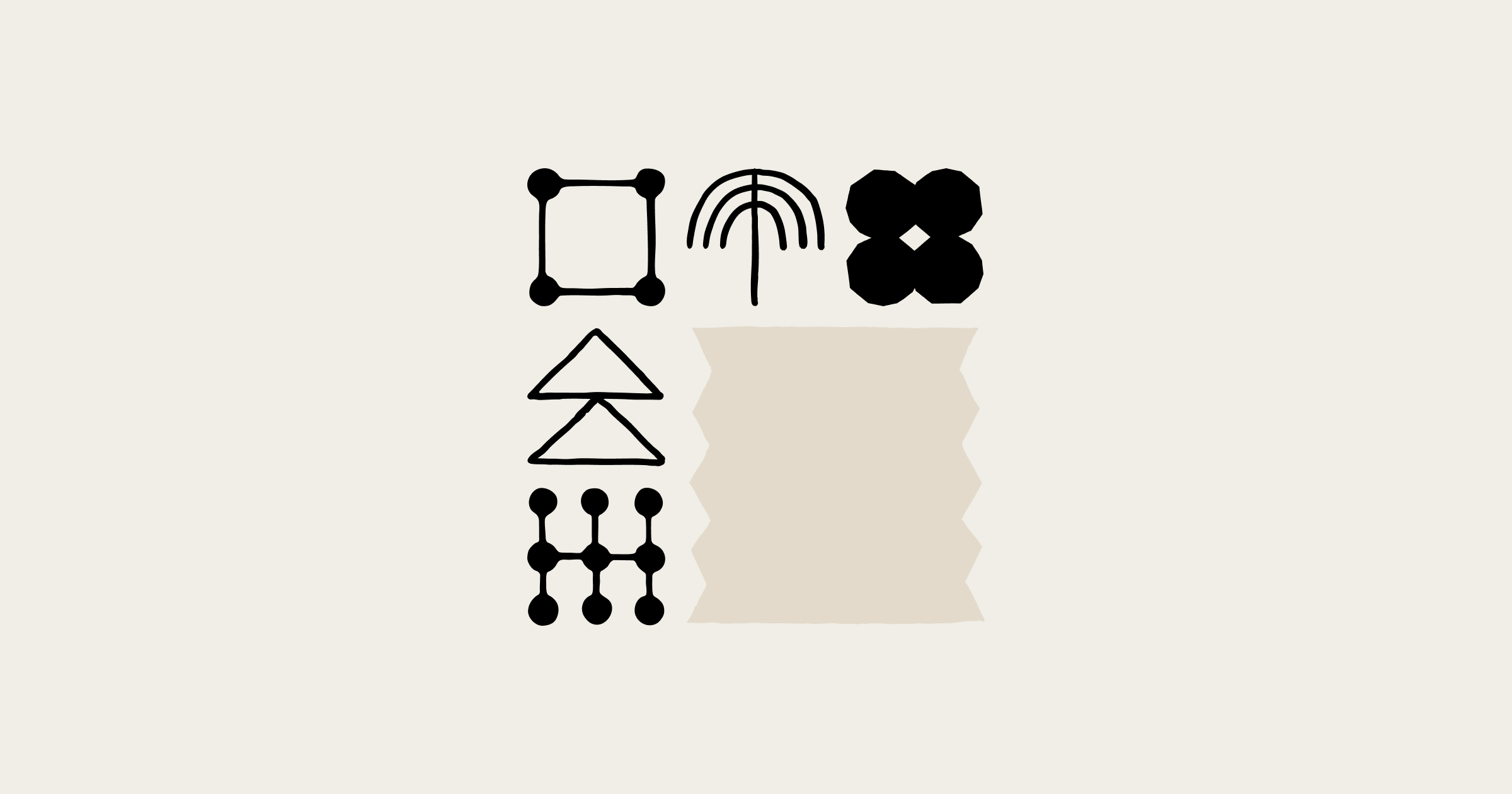Claude Code represents Anthropic's first venture into agentic coding tools, available as a command-line interface that transforms how developers tackle complex engineering challenges.
Unlike traditional AI assistants that provide suggestions, Claude Code actively collaborates by reading codebases, editing files, running tests, and even committing changes to repositories.
The secret to its effectiveness lies in its sophisticated thinking budget system that adapts computational resources to match problem complexity. This approach allows dynamic allocation of computational resources based on task complexity, fundamentally transforming the interaction between developers and artificial intelligence.
The Thinking Level Hierarchy
These thinking levels serve as a computational resource allocation mechanism, allowing developers to explicitly control how much "mental effort" Claude dedicates to solving their problems.
Just as human engineers might spend minutes on simple bugs but hours on architectural decisions, Claude Code's thinking levels mirror this cognitive scaling. The system automatically detects complexity indicators in prompts and adjusts its analytical depth accordingly, ensuring optimal resource utilization for each development challenge.
Claude Code implements a tripartite thinking token management system with logarithmic progression:
thinkallocates 4000 tokens,megathinkscales to 10000 tokens,ultrathinkmassively deploys 31999 tokens for the most complex challenges.
Those numbers come from Simon Willison about of his article "Claude Code: Best practices for agentic coding" where he looked inside the obfuscated code of Claude Code.
This hierarchization relies on automatic lexical detection integrated into the engine. The system analyzes prompt content in real-time to identify specific trigger patterns.
For ultrathink, detection activates with "think harder", "think intensely", "think longer", "think really hard", "think super hard", "think very hard", and naturally "ultrathink".
The intermediate megathink level responds to "think about it", "think a lot", "think deeply", "think hard", "think more", creating a strategic bridge between efficiency and performance. The technical implementation uses a parsing function that automatically converts these expressions into corresponding token allocations.
Practical Examples: Think vs Ultra-Think
To demonstrate the practical impact of thinking levels, let's examine how identical business challenges receive dramatically different treatment based on the allocated thinking budget. These examples showcase real-world scenarios where the choice between standard `think` and `ultrathink` can mean the difference between a quick fix and a comprehensive strategic solution.
Example 1 - E-commerce System Architecture:
Standard Think Prompt:
Design a scalable e-commerce architecture for a company expecting 10M users. Include payment processing and inventory management.Ultra-Think Prompt:
Design a scalable e-commerce architecture for a company expecting 10M users. Please ultrathink this architecture challenge, considering business constraints, technical debt prevention, and operational excellence.The objective of using ultrathink here is to transform a basic architecture request into a comprehensive strategic roadmap that addresses scalability, operational complexity, and long-term business constraints beyond simple technical patterns.
Example 2 - Risk Management System Specification:
Think Prompt:
Create specifications for a financial risk management system that monitors trading positions in real-time.Ultra-Think Prompt:
Create comprehensive specifications for a financial risk management system that monitors trading positions in real-time. Please ultrathink the regulatory, business, and technical requirements.For financial systems, ultrathink ensures comprehensive regulatory compliance coverage and risk calculation methodologies that standard `think` might miss, preventing potential regulatory violations in institutional banking environments.
Example 3 - Complex Business Logic Specification:
Think Prompt:
Define the business logic for a multi-tenant SaaS platform with different pricing tiers and feature access controls.Ultra-Think Prompt:
Define comprehensive business logic for a multi-tenant SaaS platform with different pricing tiers and feature access controls. Please ultrathink the scalability, security, and business model implications.The objective of ultrathink for SaaS platforms is to address intricate multi-tenancy complexities around data isolation, billing models, and compliance requirements that could make or break the business model.
Optimal Usage Strategies
Mastering Claude Code requires strategic understanding of thinking level allocation. For routine tasks - trivial bug fixes, simple feature additions - the standard think level offers optimal efficiency-cost ratio.
Escalation to megathink becomes necessary for intermediate problems: third-party API integration, local performance optimization, modular restructuring. This approach balances analytical depth and temporal constraints.
Ultrathink must be reserved for major architectural challenges: critical migrations, systemic problem resolution, new pattern design. Systematic ultrathink usage reveals fundamental misunderstanding and generates disproportionate costs.
Progressive escalation strategy optimizes global efficiency. Start with think, evaluate response relevance, then escalate if necessary. This iterative approach maximizes value while controlling costs.
Conclusion
Claude Code thinking levels materialize evolution toward adaptive and intelligent software development. This granularity transforms computational resource allocation into strategic decision rather than technical constraint.
Ultrathink transcends the simple concept of "advanced mode" to become an architectural excellence tool. Its mastery distinguishes experienced practitioners who understand that efficiency resides in contextual adaptation rather than systematic maximum usage.
This evolution redefines developer-AI collaboration, creating a paradigm where artificial intelligence adapts its thinking level to specific requirements of each technical challenge, opening unprecedented perspectives for software innovation.
To go further :

Have a goat day 🐐



Join the conversation.